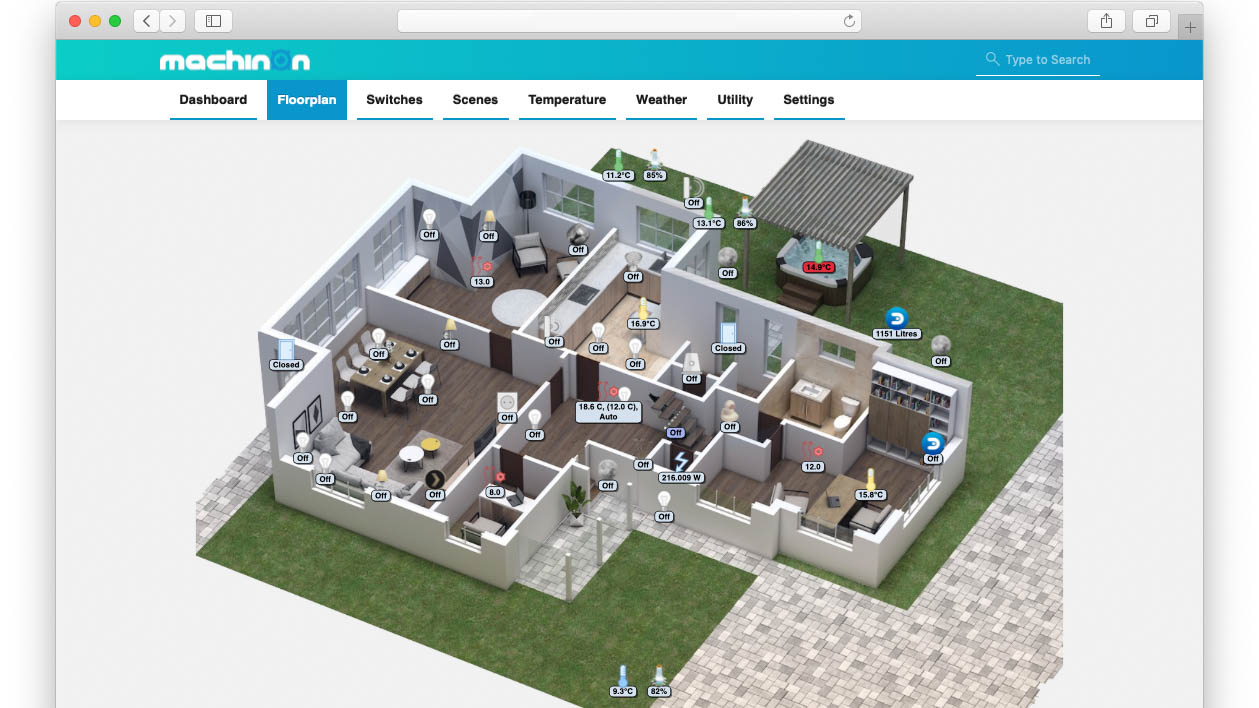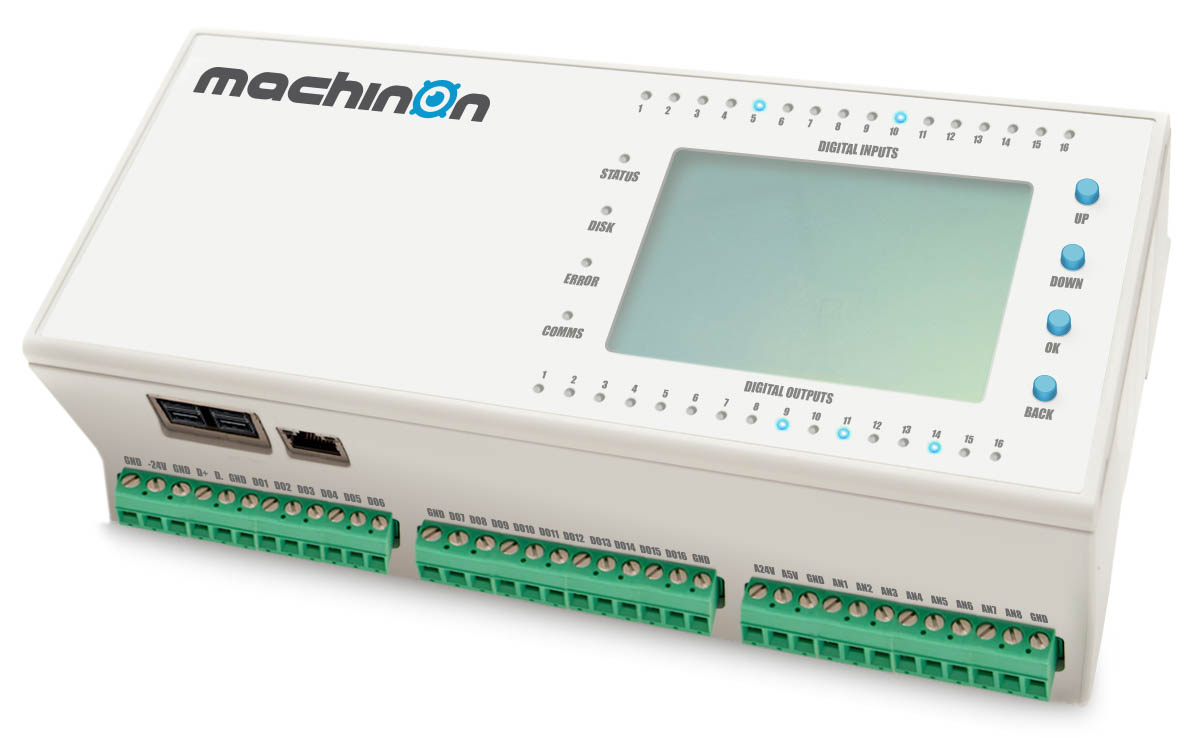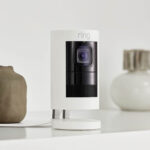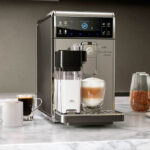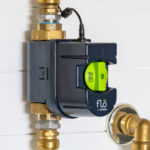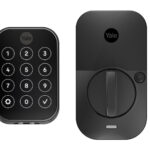When the concept of a smart home is mentioned, we tend to visualize a household where all appliances and accessories are connected through a Wi-Fi network and managed automatically with smartphone apps. However, wireless communication is not necessarily mandatory for a smart home, and wired devices can bring many benefits. Wireless networks are typically viewed as the superior option, but each configuration has advantages and limitations.
Looking for the next installment in this series? Read Building a Smart Home to Stand the Passage of Time: Part 2 on Digitized House.
A key challenge in home automation is integrating many devices together, hence the importance of a centralized smart platform. When you have separate and incompatible apps for every device, managing your connected home appliances can become tedious and confusing—this defeats the purpose of home automation in the first place, which is making your appliances smarter.
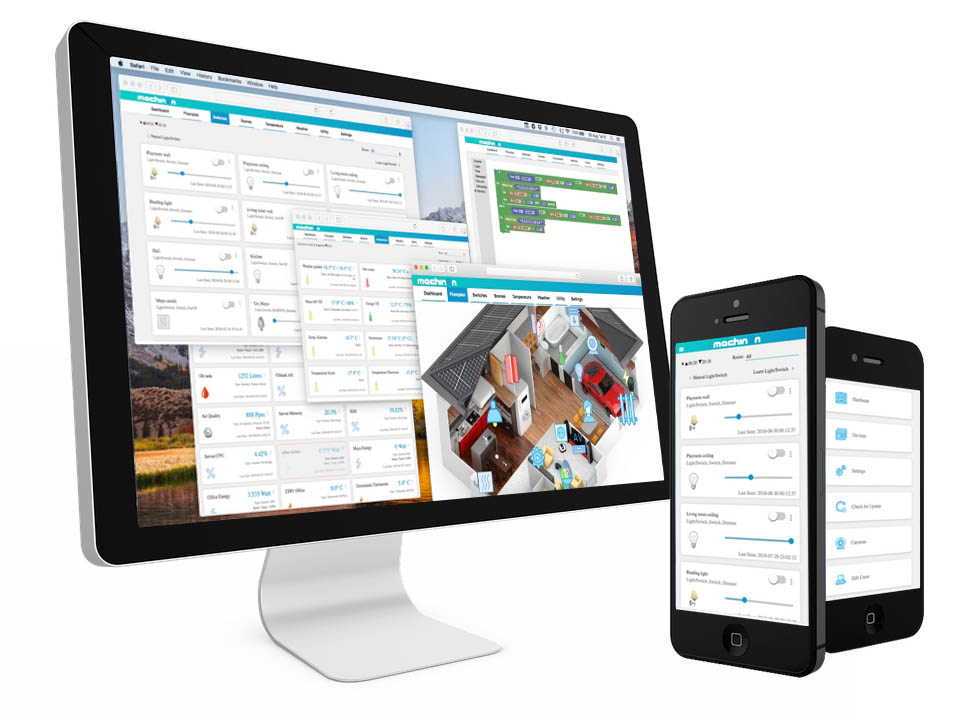
Another important aspect in smart home applications is deciding between commercial solutions and a do-it-yourself projects. Although the DIY approach is viable, it is important to design an interface that can be understood by any user, and not only by the designer.
Comparing Wireless and Wired Smart Home Systems
The main advantage of a wireless smart home system is ease of installation. Everything can be connected through a conventional Wi-Fi network, or dedicated protocols such as EnOcean, Z-Wave, and ZigBee to mention a few. Installing physical connections can be a time-consuming process, often requiring a disruption of walls and ceilings to install conduit and raceways.
However, a wireless configuration also has its limitations. Although there are many ways to increase the security of a wireless network, wired devices will always be much less vulnerable to hacking. By the time you access the “wire” you are already in.
Wireless networks are characterised by their flexibility, but that can also be a weakness under some circumstances. For example, if you change your internet service provider or Wi-Fi password, your smart home appliances that rely on Wi-Fi stop working and must be reconfigured.
Another challenge can be network bandwidth and many wireless networks share the same frequency spectrum. For example, both Wi-Fi and ZigBee use the 2.4 Ghz frequency, and this can result in data packet collision and therefore lower performance on applications that may be much more important for the user, such as video streaming.
There’s then the recent news about privacy and hacking. When you buy a Wi-Fi device from a vendor, you are granting them full access to your network. These devices tend to “check-in” often with their vendor’s servers and sometimes do not use the most secure methods, potentially leaving open doors for intruders.
Although a wired smart home system is more complex to install, it is also a more permanent configuration. Wired appliances continue working properly regardless of how many times you change your internet provider or password.
Planning for the Future
A wired system will also better withstand the passage of time. For example, if you change your smart home solution with a new hub or technology, all the hard work has already been done, without being locked into a single vendor.
In addition, if you decide to sell or rent your home, a wired system can be much more portable for the new residents, adding value to the property versus the scenario with having a few battery-operated devices.
The main point to consider here is that a home is often an investment for the long term. So if you decide to embark on home automation, make sure your selected approach is there to last. Otherwise it may well become an expensive hobby.
In the next article in this series, Building a Smart Home to Stand the Passage of Time: Part 2, we delve into the wireless network alternatives for building a smart home.
Editor’s Note:
Author Eddie Estelles is the driving force behind the forthcoming Machinon, a connected home automation controller designed around an open systems approach. At its core, Machinon is a hardware-independent smart extension board for the Raspberry Pi platform, resulting in an advanced smart home and building management system controller. With the objective to be compatible with preeminent open source home automation software, Machinon will employ the Domoticz home automation software stack.
Estelles is hoping to launch a Kickstarter crowdfunding campaign early in 2019 to move Machinon from the current prototype stage to a commercially viable product. Stay tuned to Digitized House for more info.


